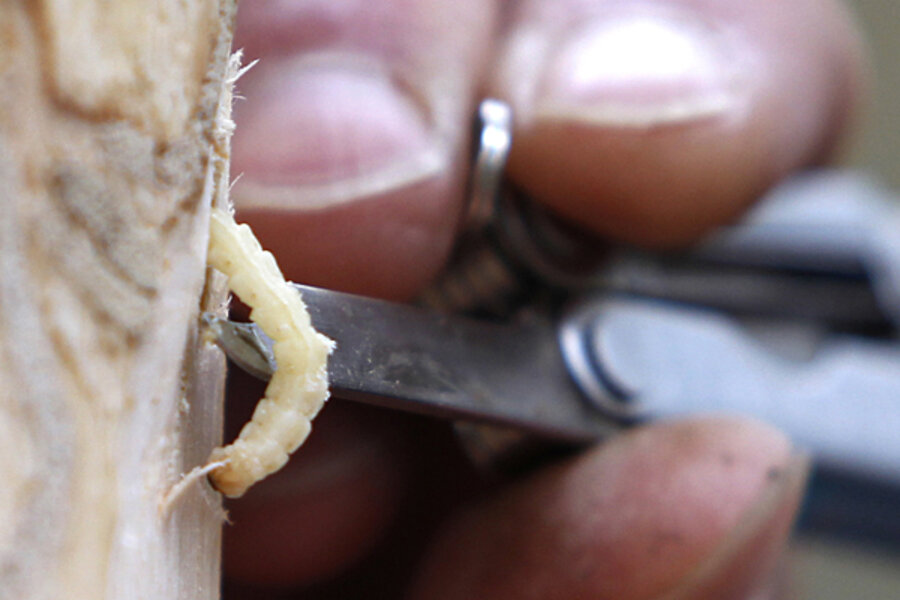Ash borer beetle shows up in Iowa (again)
| BURLINGTON, Iowa
A beetle that's killed millions of ash trees around the country has been found in the city of Burlington, hundreds of miles from the first sighting of the invasive insect in Iowa three years ago, officials announced Tuesday.
The Iowa Department of Agriculture and Land Stewardship said officials and the U.S. Department of Agriculture will issue a quarantine for Des Moines County in the next few weeks. It means a permit will be required to move hardwood firewood, ash logs and wood chips out of the area.
State Entomologist Robin Prusiner said officials are still determining whether the quarantine will be regional to include surrounding counties. She noted that could be contingent on the wood products industry in that part of the state, and whether it can continue to operate in the area.
"We hope in future weeks we will have that quarantine worked out, we will have worked with industry to fully inform everyone and hopefully draw up a good quarantine plan," she said.
It's unclear whether the discovery of the emerald ash borer in a declining residential tree means there are others in the southeast city or in the surrounding counties.
Donald Lewis, an extension entomologist for Iowa State University, noted it takes years for an ash tree to show signs of declining health. But he feels confident in the state's efforts to educate the public about the signs of an infestation.
"It's certainly possible that there are other emerald ash borers in the state of Iowa," he said. "People are looking, and so my gut reaction without having anything to back it up is that if there were more, we would know about them."
That search on behalf of state officials has included purposely stressing ash trees around the state in an effort to attract the insect, which kills ash trees by larval burrowing under the bark. It then eats layers of the trees, cutting out the flow of water and nutrients.
Most infestations of emerald ash borers, which are about the size of a penny, have been caused by people unknowingly moving infested firewood, nursery plants and sawmill logs across county and state lines. In Nebraska, officials have begun a voluntary firewood restriction to help stem the tree onslaught.
The closest emerald ash borer infestation to Burlington is about 30 miles west in the Illinois city of Galesburg. The infestation was discovered last fall. But the first sighting of the metallic green beetle was made in 2010 in northeast Iowa, on Henderson Island in the Mississippi River in Allamakee County.
The beetles are native to Asia and were first detected in Michigan in 2002. Since then the insects have killed more than 50 million ash trees as the infestation moves from state to state. The beetle kills the tree in 2-4 years.
Iowa has an estimated 52 million rural ash trees and about 3 million ash trees in urban areas, according to the USDA Forest Service.





